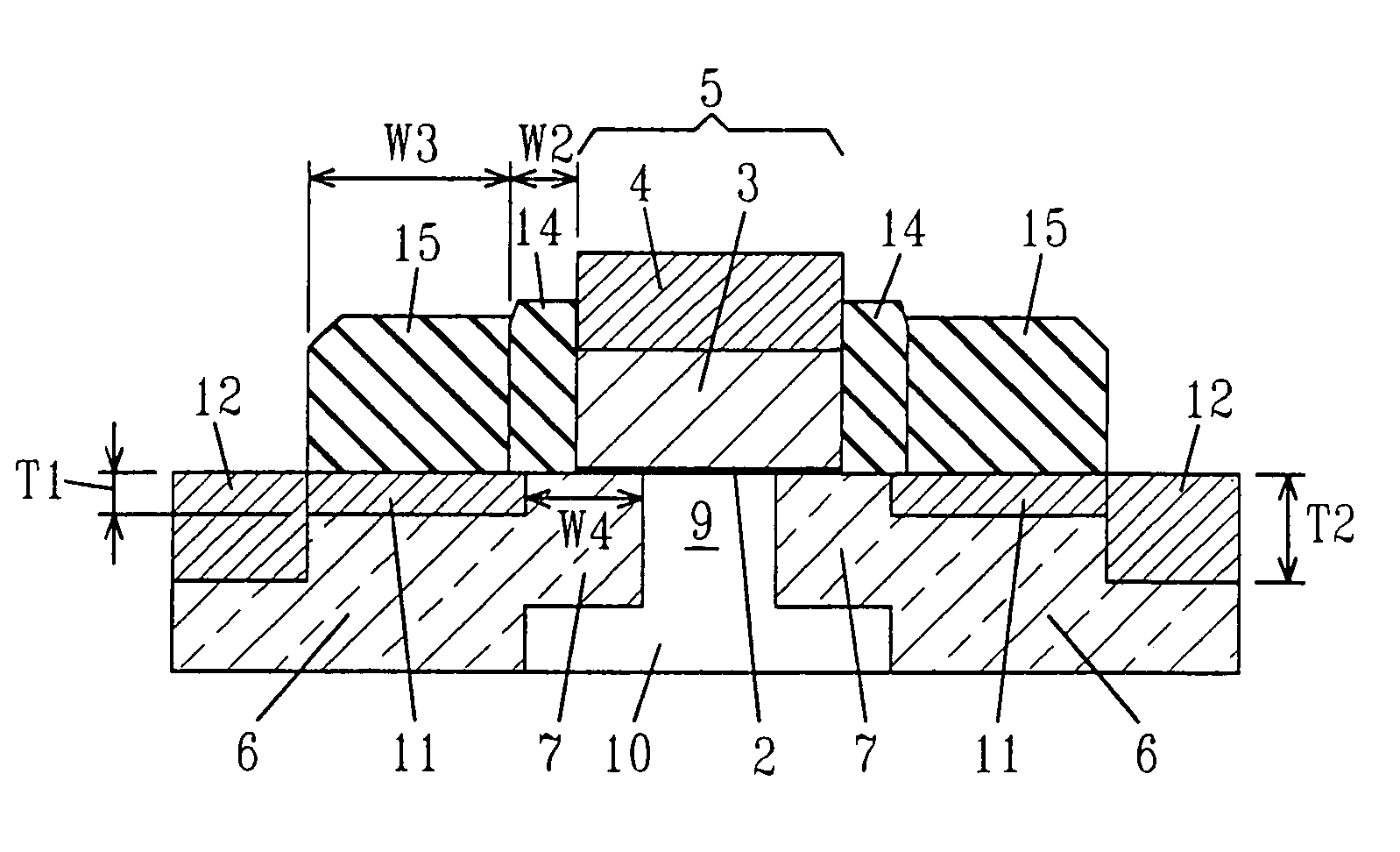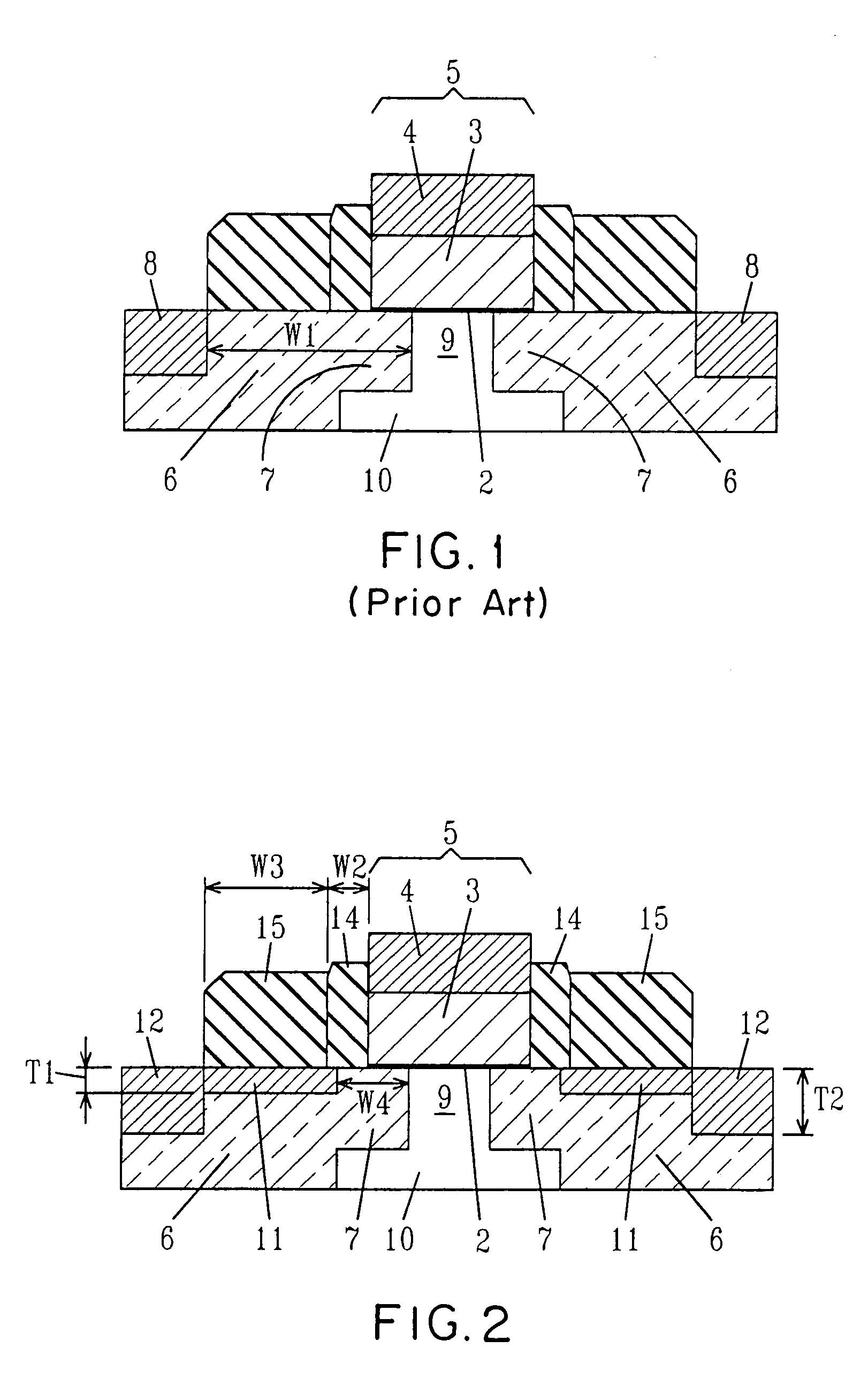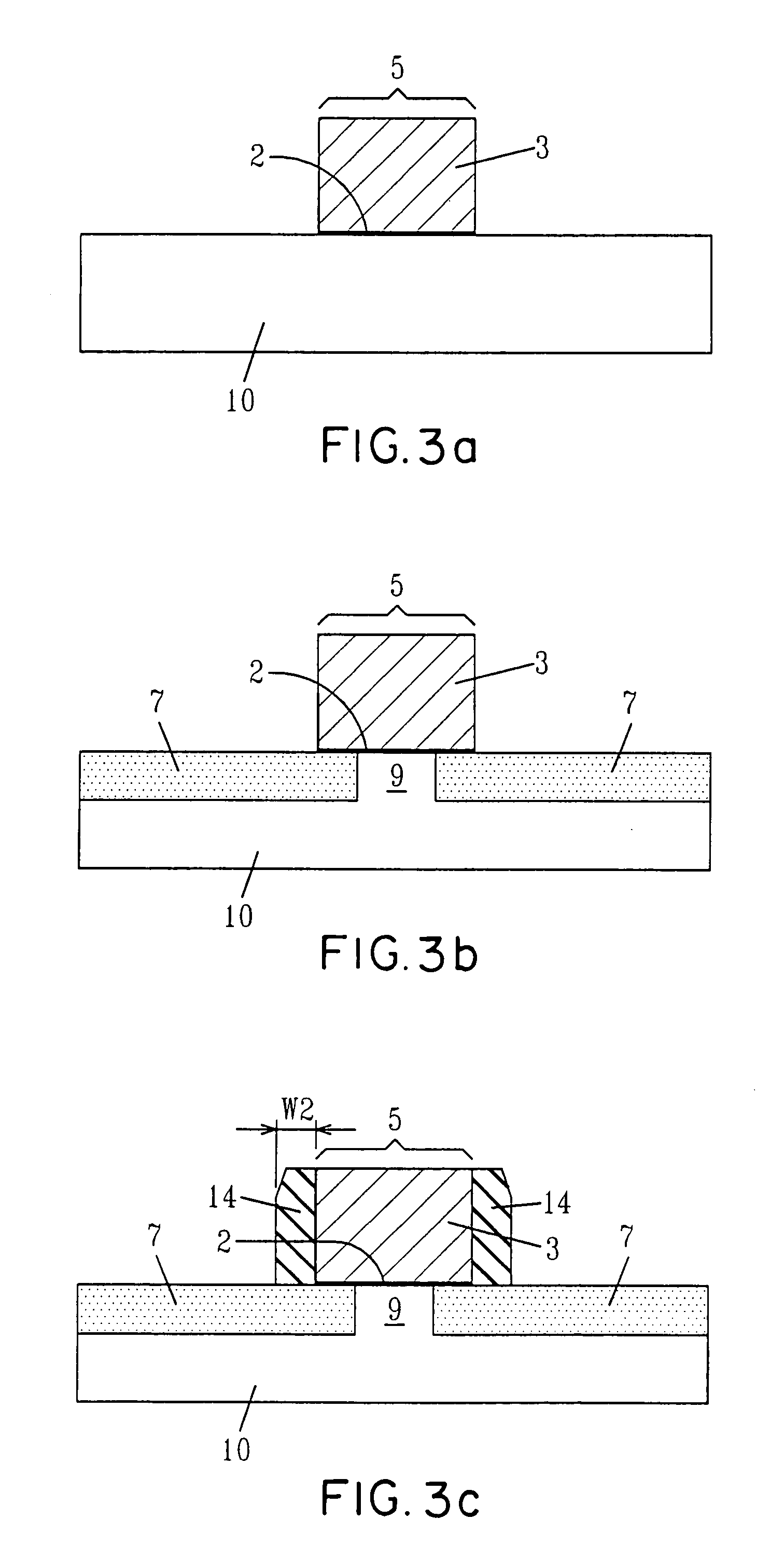CMOS device integration for low external resistance
a technology of low external resistance and integrated circuit, which is applied in the field of complementary metal oxide semiconductor (cmos) devices with a lower external resistance, can solve the problems of low resistance/high current interconnection, reducing the external resistance of the device, and reducing the performance benefit achieved through scaling, etc., and achieves the effect of low resistance p
- Summary
- Abstract
- Description
- Claims
- Application Information
AI Technical Summary
Benefits of technology
Problems solved by technology
Method used
Image
Examples
Embodiment Construction
[0033]The present invention, which provides a method of fabricating a low external resistance MOSFET device as well as the MOSFET structure formed by the inventive method, will now be described in more detail by referring to the drawings that accompany the present application. It is noted that in the accompanying drawings, like reference numerals are used for describing like and corresponding elements.
[0034]Reference is first made to FIG. 2, which depicts the MOSFET device of the present invention. The inventive MOSFET device, includes a first silicide region 11 having a first silicide thickness T1, and a second silicide region 12 having a second silicide thickness T2, where the second silicide thickness T2 is greater than the first silicide thickness T1. The inventive MOSFET device also includes a gate region 5 positioned atop a substrate 10. The gate region 5 includes a gate dielectric 2; a gate conductor 3 having sidewalls protected by an oxide layer (not specifically labeled) po...
PUM
 Login to View More
Login to View More Abstract
Description
Claims
Application Information
 Login to View More
Login to View More - R&D
- Intellectual Property
- Life Sciences
- Materials
- Tech Scout
- Unparalleled Data Quality
- Higher Quality Content
- 60% Fewer Hallucinations
Browse by: Latest US Patents, China's latest patents, Technical Efficacy Thesaurus, Application Domain, Technology Topic, Popular Technical Reports.
© 2025 PatSnap. All rights reserved.Legal|Privacy policy|Modern Slavery Act Transparency Statement|Sitemap|About US| Contact US: help@patsnap.com



